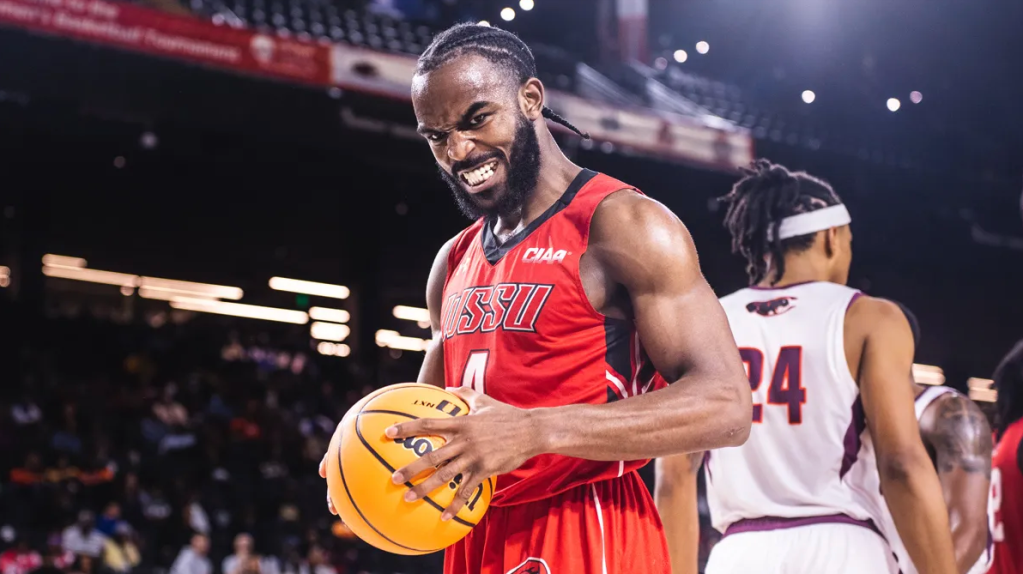
Source: Pacific Press / Getty
Three weeks after my 25th birthday, I walked into a free clinic in Richmond, Virginia and got a HIV test. It came back positive. The next day, I went to the hospital to get a full panel of blood tests. When I walked off the elevator, the sign on the door read “Infectious Disease.” I took a deep breath, went inside, had my blood drawn, and scheduled a follow-up appointment. But I didn’t return for treatment because the stigma of having an “infectious disease” was a burden I wasn’t ready to carry. It took me three years to study HIV treatments and be comfortable enough to seek proper resources to care for myself. It’s a move that saved my life and introduced me to an epidemic that has taken on a Black face.
On this 30th year of celebrating World AIDS Day, it is imperative the public acknowledge that HIV and AIDS continue to disproportionately impact the Black community. The epidemic does not have the effect it had in the 1980s, but infection rates for Black people have remained high. The many ways HIV impacts Black communities have been chronicled over the past 30 years and are, unfortunately, part of the larger issues that guide the state of Black healthcare in the United States.
The numbers don’t lie. HIV affects marginalized people at alarming rates. In March 2016, the Centers for Disease Control (CDC) reported that 50% of Black men who have sex with men will contract the virus during their lifetime. By 2013, nearly 40% of the people living with HIV were African American, despite only making up 13% of the U.S. population. The rates for Black women are even more dire. According to the CDC, of the total number of women who were living with HIV in the United States at the end of 2014, African American women accounted for 60% of the cases.
Fights against epidemics that don’t rock white communities never receive full government support or other resources.
Fights against epidemics that don’t rock white communities never receive full government support or other resources. It’s just like drugs: The opioid epidemic is headline news because the face of it is white. No one cared when crack was being placed in our communities and destroying the lives of Black people. Similarly, no one seems to care that HIV has continued to take the lives of Black and brown people, while white Americans enjoy easier access to treatment and resources.
The Trump administration submitted a budget that cut domestic HIV funding by an estimated $400 million, and slash nearly $800 million from the President’s Emergency Plan for AIDS Relief program, which would hurt African communities with rates of infection and death much higher than in the U.S. This is a clear attempt to continue the attack on Black people both domestic and foreign, and it’s yet another example of anti-Black, state-sanctioned violence.
White supremacy has always been a force undergirding the conditions affecting Black health. The mistrust some Black people have of doctors and health professionals is a consequence of medical discrimination and exploitation of Black Americans in the U.S., from being reduced to test subjects in experiments in Tuskegee to having our cells stolen and sold like Henrietta Lacks. This mistrust makes our people less likely to invest in insurance or go to the doctor unless we are gravely ill.
But we cannot afford to be silent in our oppression. We must push back on an agenda that is intent on speeding up our deaths in the face of an epidemic that is now treatable. We must get educated, obtain treatments like PrEP and ART, and fight for resources in areas like the deep south where infection rates are disproportionately high. We can no longer stigmatize our own, because stigma forces stands in the way of testing and treatment. Now is the time to end the epidemic, but first, we must acknowledge that it never left our homes.
Click here to find an HIV testing location near you.
George M. Johnson is a Journalist and Activist located in the NYC area. He has written for Entertainment Tonight, TheGrio, TeenVogue, NBC News, HIVEqual and several other major publications, covering race, gender, health, and pop culture. Follow him on Facebook, Twitter, or Instagram.
















